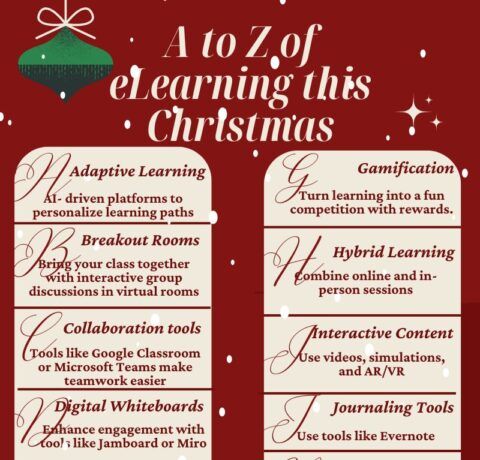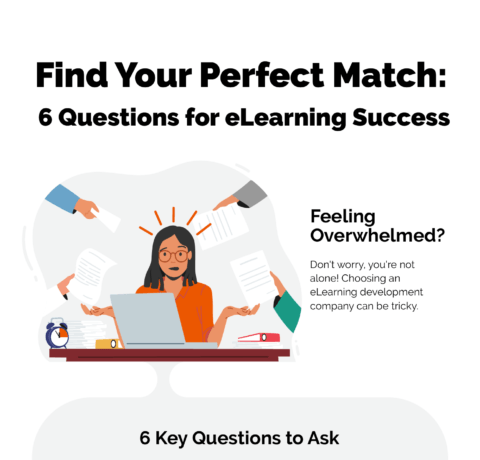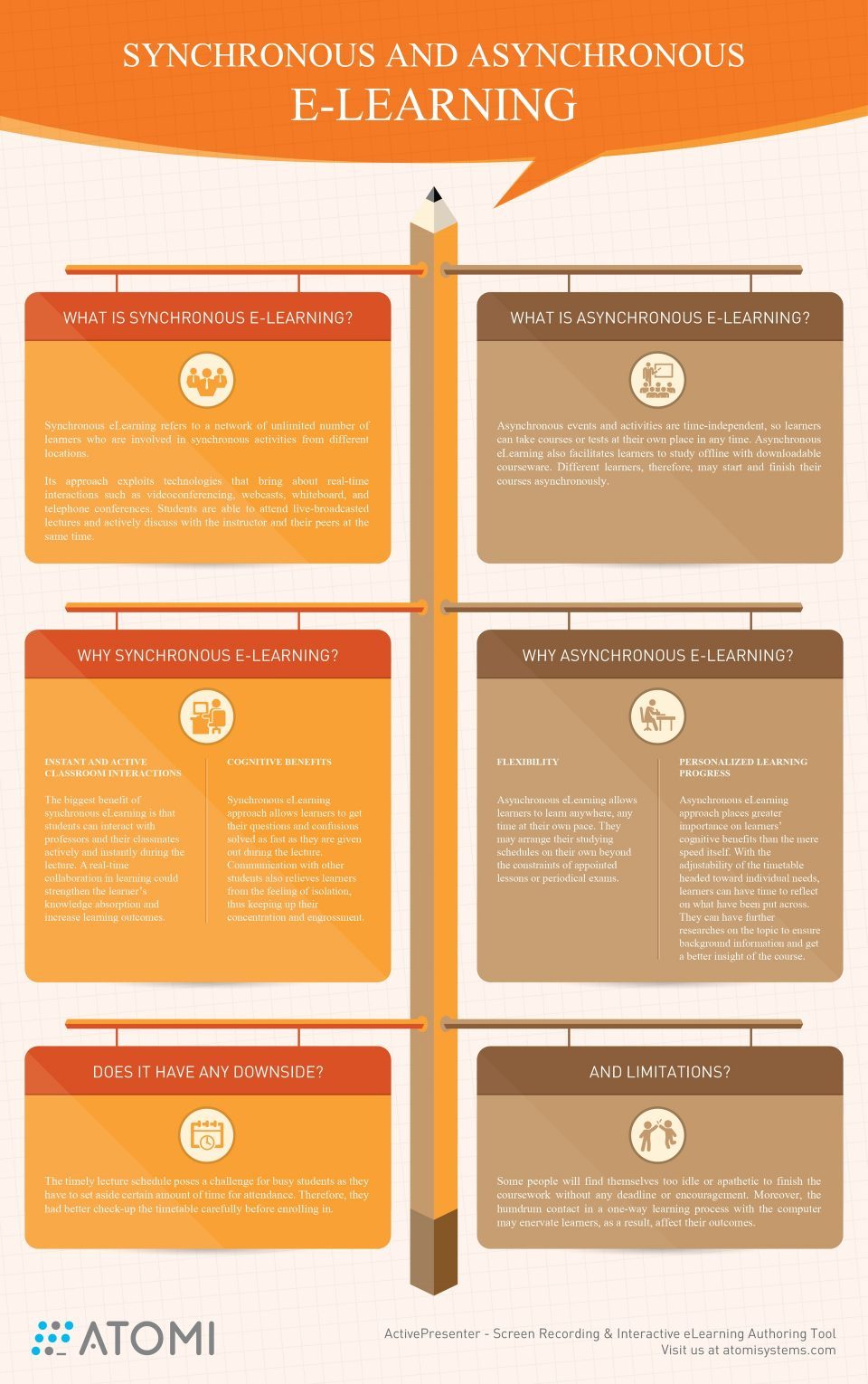Synchronous and Asynchronous eLearning Infographic
eLearning, as we know today, has been through a long period of technology advanced transformation with two characteristically different forms: Synchronous and asynchronous eLearning. Both of them have their own pros and cons that suit distinguished preferences of learners. So, let’s figure out what are they and how to decide which approach to follow.
What is Synchronous eLearning?
Synchronous eLearning refers to a network of unlimited number of learners who are involved in synchronous activities from different locations. Hence, they are required to present at the same time.
Its approach exploits technologies that bring about real-time interactions such as video conferencing, webcasts, whiteboard, and telephone conferences. Students are able to attend live-broadcasted lectures and actively discuss with the instructor and their peers at the same time.
Why Synchronous eLearning?
Instant and active classroom interactions: It can be said that the biggest benefit of synchronous learning is that students can interact with professors and their classmates actively and instantly during the lecture. A real-time collaboration in learning could strengthen the learner’s knowledge absorption and increase learning outcomes. As a result, it can minimize the learning transaction distance.
Cognitive benefits: With the aid of instant discussion, the synchronous eLearning approach allows learners to get their questions and confusions solved as fast as they are given out during the lecture. Hence, there has no change of hindering student from continuing cognitive process. Communication with other students also relieves learners from the feeling of isolation, thus keeping up their concentration and engrossment.
Does it have any downside? On the contrary, the timely lecture schedule poses a challenge for busy students as they have to set aside certain amount of time for attendance. Therefore, they had better check-up the timetable carefully before enrolling in.
What is Asynchronous eLearning?
Asynchronous eLearning has become the most commonly-used type of eLearning. Its events and activities are time-independent, so learners can take courses or tests at their own place in any time. Asynchronous eLearning also facilitates learners to study offline with downloadable courseware. Different learners, therefore, may start and finish their courses asynchronously.
Why Asynchronous eLearning?
Flexibility: Asynchronous eLearning allows learners to learn anywhere, any time at their own pace. They may arrange their studying schedules on their own beyond the constraints of appointed lessons or periodical exams.
Personalized Learning Progress: Asynchronous learning approach places greater importance on learners’ cognitive benefits than the mere speed itself. With the adjustability of the timetable headed toward individual needs, learners can have time to reflect on what have been put across. They can have further researches on the topic to ensure background information and get a better insight of the course.
And limitations? Some people will find themselves too idle or apathetic to finish the coursework without any deadline or encouragement. Moreover, the humdrum contact in a one-way learning process with the computer may enervate learners, as a result, affect their outcomes.
Every coin has two sides, there has been a long controversy surrounding the usefulness of these two eLearning forms. It is not to say which one is the best approach because each of them bears practical efficacy in a given learning situation.
See also:
- Top Advantages of Asynchronous e-Learning Infographic
- Synchronous and Asynchronous e-Learning Infographic
Read also: Benefits of Synchronous and Asynchronous e-Learning







You can adjust your cookie preferences here.